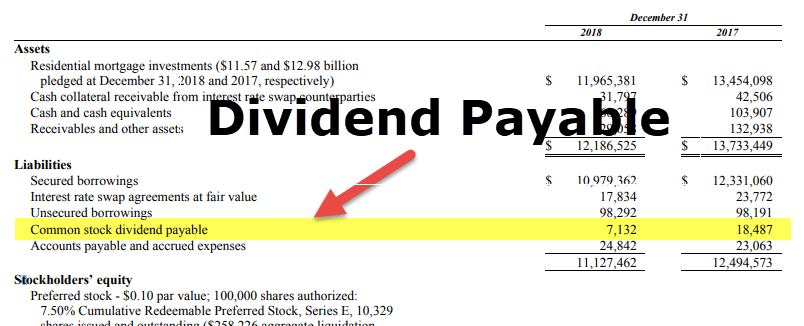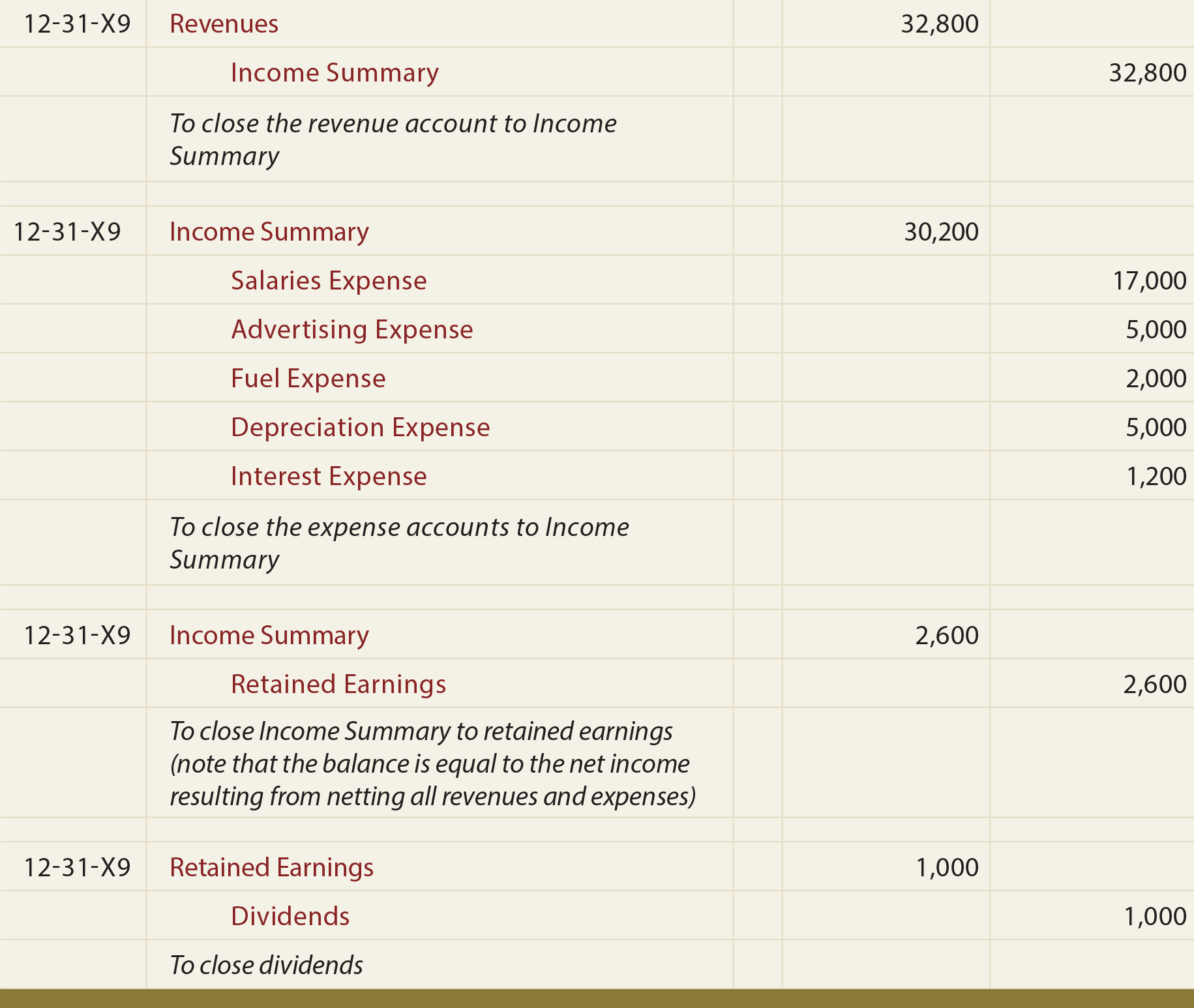Understanding Dividends: Types, Accounting, and Financial Impact

If the Dow rises 15 percent, but the dollar falls 15% simultaneously, no real money has been made. This rule again preferential treatment of dividend/interest income under the law. Although Romney earned over $44 million in just two years, he only paid an effective rate of $14%. • You must have held the stock for more than 60 days in the 121-day period that begins 60 days before the ex-dividend date.
Best gold IRA companies of 2024
Keeping tabs on a company’s DPS allows an investor to see which companies are able to grow their dividends over time. The most reliable American companies have a record of growing dividends — with no cuts — for decades. Examples of companies that pay dividends include Exxon, Target, IBM, Sherwin-Williams Co., and Johnson & Johnson. An elite list of S&P 500 stock companies called the dividend aristocrats have increased their dividend every year for at least 25 years.
- This entry reduces the retained earnings, reflecting the portion of profits allocated for distribution, and creates a liability.
- When a company distributes dividends, it does so from its after-tax profits, meaning the company has already paid corporate income tax on these earnings.
- Instead of focusing on a losing company, focus on a company with a competitive advantage that can withstand the competition.
- We should not think that all dividend yields are the same, just like we would not assume that salt water and spring water are equally desirable simply because they are both liquids.
What Are the Tax Implications of Foreign Income?
Dividends are often expected by shareholders as their share of the company’s profits. Dividend payments reflect positively on a company and help maintain investors’ trust. The dividend payout ratio is the ratio of dividends to net income, and represents the proportion of net income paid out to equity holders.
Why You Can Trust Finance Strategists
With a little bit of research, you can start receiving dividend payments from the companies in which you invest. The key is to find good, solid companies that have a history of paying and increasing their dividends. A Dividend is a distribution of a company’s earnings to its shareholders.

After declared dividends are paid, the dividend payable is reversed and no longer appears on the liability side of the balance sheet. When dividends are paid, the impact on the balance sheet is a decrease dividend account type in the company’s dividends payable and cash balance. Dividends come in various forms, each with distinct characteristics and implications for both the issuing company and its shareholders.
What Kinds of Assets Pay Dividends?
There may be some special considerations at play, so if you have a lot of dividends, it may be beneficial to consult with a financial professional to get a sense of your overall tax liabilities. While this formula helps compare dividend yields, there may be other factors to consider when deciding on the suitable investment. There are many reasons a company could have a high or low dividend yield, and some insight into dividend yields is necessary for further analysis. If investors are looking to invest in a company with a relatively high dividend yield, they may invest in Company A.
This typically occurs when the dividend is declared by the board of directors and approved by shareholders, if required. The timing of recognition is crucial for ensuring that financial statements accurately reflect the company’s obligations and financial position. Dividends are generally considered taxable income, and are subject to federal and state tax, regardless of whether you decide to pocket the money or reinvest the funds. But exactly how much you pay can vary depending on whether your dividends are qualified or non-qualified. How a stock dividend affects the balance sheet is a bit more involved than a cash dividend, although it only involves shareholder equity. When a stock dividend is declared, the amount to be debited is calculated by multiplying the current stock price by shares outstanding by the dividend percentage.
In the case of dividends paid, it would be listed as a use of cash for the period. As the business does not have to pay a dividend, there is no liability until there is a dividend declared. As soon as the dividend has been declared, the liability needs to be recorded in the books of account as a dividend payable. Assuming there is no preferred stock issued, a business does not have to pay a dividend, the decision is up to the board of directors, who will decide based on the requirements of the business. This occurrence is rare in smaller businesses or businesses that are investing in rapid growth, but common in corporations with good cash flow that have reached a titanic size, such as Walmart.
Property Dividends – dividends paid out as shares of a subsidiary firm or actual assets such as real estate, inventory, or anything tangible. The corporation’s dividend value is based on the fair market value of the underlying asset. Explore the various types of dividends, their accounting methods, tax implications, and how they influence a company’s financial strategy.
If an investor receives stock dividends, though, that’s typically not taxable until the investor sells the holdings later on. Further, qualified dividends are usually taxed at lower rates that apply to capital gains – but there may be some variables involved that can change that. On the date of declaration, the board of directors resolves to pay a certain dividend amount in cash to those investors holding the company’s stock on a specific date. The date of record is the date on which dividends are assigned to the holders of the company’s stock.
Economists Merton Miller and Franco Modigliani argued that a company’s dividend policy is irrelevant and has no effect on its stock price or its cost of capital. Large stock dividends, say of more than 20% or 25%, are effectively a stock split. The articles and research support materials available on this site are educational and are not intended to be investment or tax advice. All such information is provided solely for convenience purposes only and all users thereof should be guided accordingly. This can be especially appealing for investors looking to maximize their returns over time rather than benefit from short-term gains.
